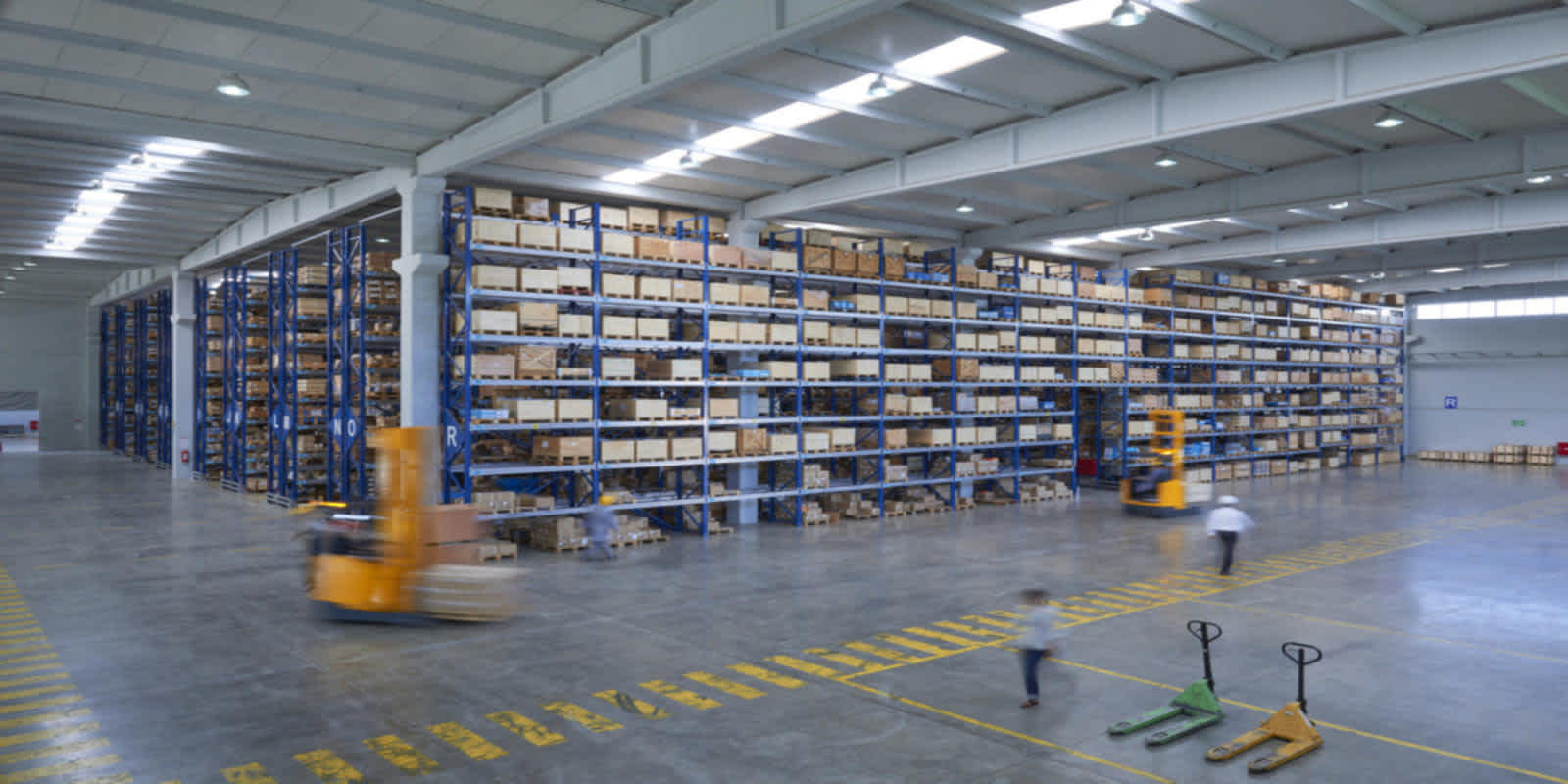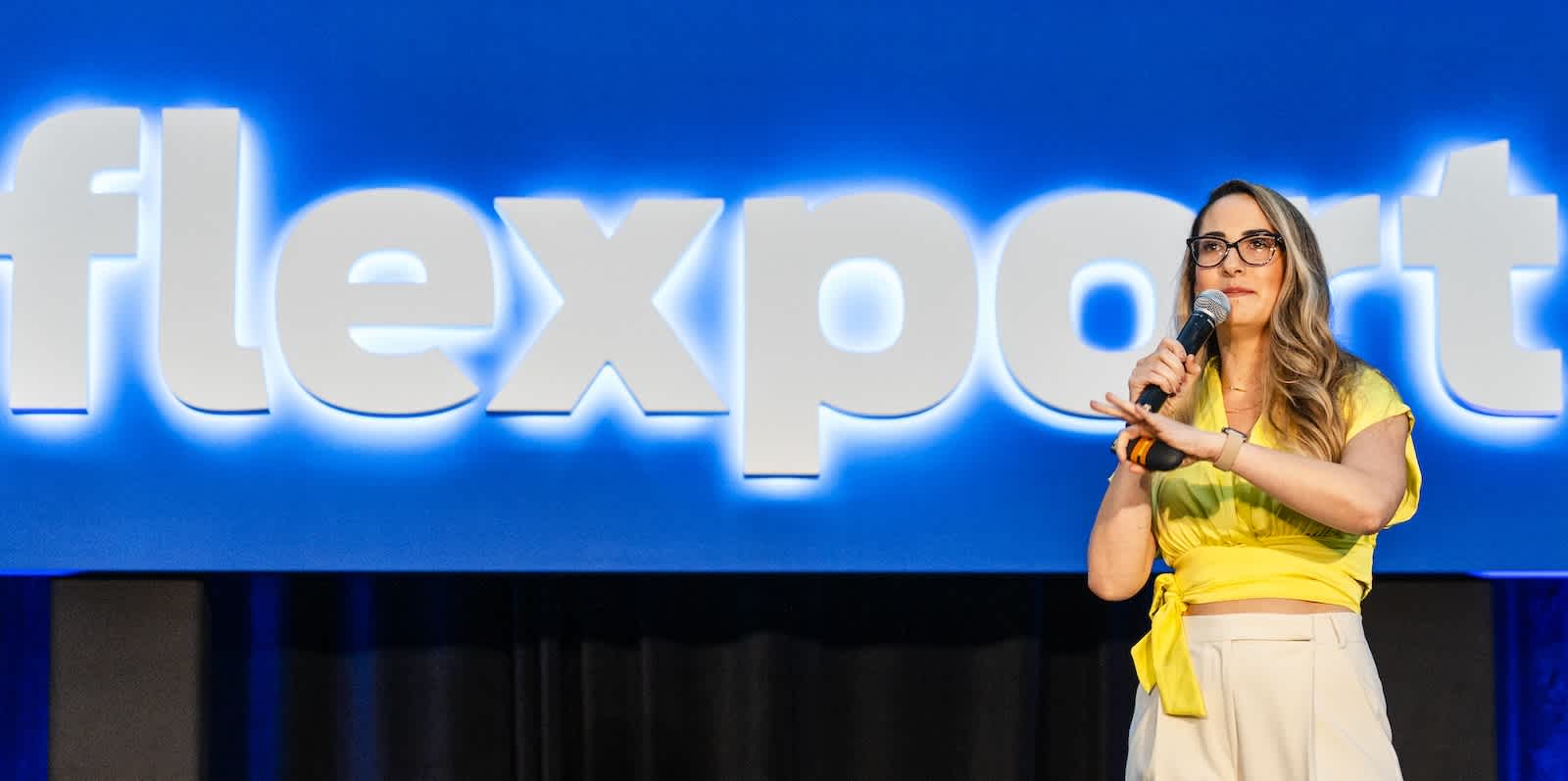
25.09.2023
How Flexport Customers Shaped Our All-in-One, End-to-End Supply Chain Solution
How Flexport Customers Shaped Our All-in-One, End-to-End Supply Chain Solution
With the launch of Flexport’s new all-in-one, one-click platform to democratize global trade and supply chain—we’ve brought the power of true end-to-end supply chain management and visibility to businesses of all sizes. As with any great software product, our product, design, and engineering teams started by working backwards from our customers to build a tool that would both meet immediate customer pain points and help them grow. We took it a step further by using our learnings to develop features and tools they didn’t even think they needed to fuel their business even more.
Flexport’s tech and product teams have a unique perspective when it comes to building solutions for customers as we’re also a fully licensed freight forwarder and customs broker that also manages the logistics for thousands of SMBs. Because our operations teams work with customers on a daily basis to coordinate shipment movements, and are closely connected to our tech teams, customer feedback loops are incredibly short and effective. A customer may flag an important tech defect to a Flexport associate in the morning and hours later the tech team deploys a fix. This is only possible because of our tight vertical integration across tech and operations.
Our vertical integration also gives us the unique ability to combine shipping data, customer feedback and input from our operations teams to innovate on behalf of our customers and develop features to not just solve their existing challenges, but to accelerate their business. Bringing that vertical integration under one roof alongside a self-serve, all-in-one logistics portal is a game changer for entrepreneurs. From one screen you can send one shipment to Fulfillment By Amazon, the next you can go to your central inventory hub for later distribution, and the third can come to a Flexport distribution center for labeling and distribution to the marketplace of your choice. This can unlock an entrepreneur's growth potential by helping them expand into new marketplaces or geographies.
“We’ve been working with entrepreneurs since Flexport was founded more than 10 years ago. A consistent theme we’ve heard is that because they have a lean team, one person often wears many hats and may not have had much logistics exposure. They just don’t have time to deal with logistics when they have marketing, product development, and scaling tasks to attend to,” said Pritam Bhat, Staff Product Manager. “These companies are focused on growth, they need to know they can take their hands off the wheel and let logistics run on its own.”
How it Starts: The Development Process Begins
Software development is an ongoing process, as soon as a release is launched, teams are already working on iterations, improvements, fixes, and building toward the next release. This project is no different. It has had three primary phases: listen to customers, break it down, and keep it rolling.
Phase 1: Listen to customers
The team starts by working backward from our customers’ needs through screenings to find the best mix of customers to include in focus groups. “Finding the right cohort of customers is very important,” Pritam said. “Without their input, it’s difficult to ensure that we are building to the right pain points and with the right segment in mind.”
Ultimately the team decided on working with people from companies representing four distinct groups:
- Current Flexport freight customers
- Current Flexport fulfillment customers
- Prospective customers (identified by our sales teams)
- Currently inactive customers
"When you embark on a large initiative, it is essential to gather a diverse set of opinions from a wide range of customer segments even if you may not solve for all,” said Jacob Sajo, VP of SMB Engineering. “The diversity of our customer segments serves as a valuable litmus test to confirm what we build and more importantly what we omit."
The screening process starts with basic questions on a customer’s current supply chain setup:
- What are your goals? What does a successful supply chain look like for you?
- What are your biggest logistics pain points?
- What is something that other logistics providers you work with do really well? Not so well?
- Why do you sell on these specific marketplaces, not those?
- What makes your supply chain unique?
This range of perspectives helped us inform the vision the team put in place for the product to produce early wireframe designs, rough sketches of feature sets, and prototypes.
“Our design process had weekly customer interviews to help us rapidly iterate on our designs, and dive deep into the customer's needs” said Lea Desrosiers, Staff Product Manager. “However, this process does not stop at launch. Customer interviews are a regular mechanism in the Flexport product design process. This allows our product to evolve alongside our customers.”
Feedback from customers during the planning phase is especially important as the team plans its long term roadmap for each product. It enables us to build solutions that help immediately solve current customer challenges, and provides inspiration for innovative solutions and technology customers may not have thought about or need yet.
Phase 2: Break it down
At this point, the team was ready to break into two main tracks. One group would take the accumulated feedback and start building towards the initial product release, and the other would go back to the focus groups to continue gathering more feedback.
Track 1: March towards release
Once the team had a prototype locked down, they were ready to start active development. Their ultimate goal was what they called their “Minimum Loveable Product” or MLP—their interim goal was a version that was ready to send to a select group of customers who agreed to act as beta testers.
It’s important to note at this point that all customer work sessions were also recorded. This allowed the team to go back over the footage to take into account not only what the user clicked on, but what the process of getting to that point looked like. Were they confused by anything? Did a button need to be made larger, or moved to a more prominent location? Were the in-app instructions clear? Were they looking for an option that wasn’t there? This helped ensure the initial release would hit on those major pain points.
Track 2: Collect feedback for post-launch iterations
While engineers on track one were busy building the first version of the portal, those on track two were going back to the focus groups to continue collecting data on their interactions with the prototypes. This feedback would be used in one of two ways, depending on the specifics of what was discovered—either it went to the team working on the live release, or it went into a separate file to be considered for inclusion in a post-launch release. When taken together, this feedback formed the basis for working toward solutions to the problems our focus group was not yet able to fully articulate.
Phase 3: Keep it rolling
The bulk of this process was conducted in a span of just three months (we always listen to our customers, so that piece is ongoing). That’s the time between when our acquisition of Shopify Logistics, including Deliverr, was announced and when Flexport’s solution was launched with this first offering. For comparison, prominent supply chain product integrations from the past few years have typically taken at least 12 to 18 months.
The software development life cycle is just that—a cycle of constant iteration and improvement to create and maintain software products. You’ve just seen how part of the SMB tech team set about working with customers to collect suggestions for iterations while the initial product was still in development. That was so as soon as the solution launched, they’d already have the first set of updates ready to go. And as soon as those are released, they’ll have the next batch in the works, and so on. This obsession with delivering value to our customers is our primary motivation at Flexport.
And the result of all that feedback, discussion, and iteration? The first-ever self-service, end-to-end, AI-enabled supply chain tool, powering entrepreneurs with the benefits of scale previously reserved only for enterprise customers. Every product we build is tailored to the experience of that specific customer segment.
Our understanding of the unique pain points, required features, and desire for low-touch usability comes from our years of serving entrepreneurs as a freight forwarder; expertise accelerated through the acquisition of Shopify Logistics, including Deliverr, and from prioritizing customer feedback at each and every phase of the development process. It’s this customer obsession that allows us to both address current pain points and anticipate solutions for those not yet articulated based on our analysis of user data and the feedback we get from working with these focus groups.
Related Content
![TCI Insurance header 1600x800]()
BLOG
Trade Credit Insurance: Protect Your Cash Flow With Flexport Insurance Solutions’ Newest Offering








